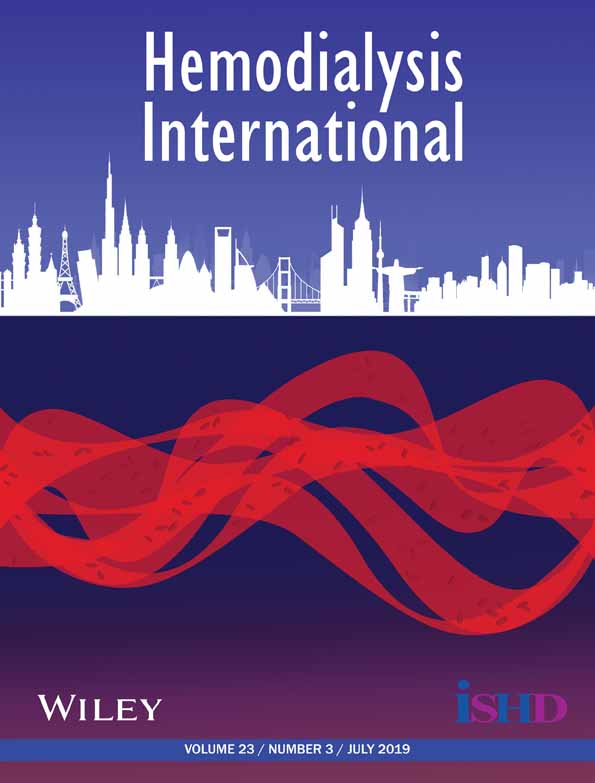Impact of body mass index on short-term and long-term survival in prevalent hemodialysis patients
Abstract
Introduction: Numerous studies showed that higher body mass index (BMI) is associated with better survival in hemodialysis (HD) patients. Most of them evaluated short-term mortality. It has been suggested that presence of inflammation may be a key modifier of relationship between BMI and mortality in incident HD patients. We examined whether presence of inflammation modifies the association between BMI and mortality in both short-term and long-term follow-up in a large group of prevalent HD patients.
Methods: A total of 3.252 HD patients from 41 HD centers were enrolled; the patients were divided into quartiles based on time-averaged BMI (Q1 < 21.5, Q2 21.5 to <24.3, Q3 24.3 to <27.4, Q4 ≥ 27.4 kg/m2). Inflammation status was defined as present (inflamed) (C-reactive protein (CRP) ≥1.0 mg/dL and/or serum albumin ≤3.5 g/dL) or absent (noninflamed).
Findings: During 7 years of follow-up 1386 patients (42.6%) died. Compared to noninflamed patients, inflamed patients in the lowest BMI quartile showed 5-fold increased risk for mortality in the short-term (95% confidence interval [CI] 2.82–9.22, P < 0.001) and 3-fold in the long-term (95%CI 2.42–4.27, P < 0.001) compared to the highest BMI quartile. Whereas, inflamed patients in the highest BMI quartile experienced 2-fold increased risk in short-term (95%CI 1.17–3.74, P = 0.01) and 1.68-fold increased risk in long-term (95%CI 1.30–2.18, P < 0.001) than in noninflamed patients. The protective effect of BMI for overall mortality was present in all age groups, in both genders, in patient with and without diabetes. BMI was not a mortality predictor in patients with HD duration more than 76 months at baseline. The protective effect of BMI was observed in all albumin tertiles. In patients in the lowest CRP tertile, BMI was not associated with mortality.
Discussion: Higher BMI is associated with lower short-term and long-term mortality risk, especially in patients with inflammation in a prevalent HD population.




